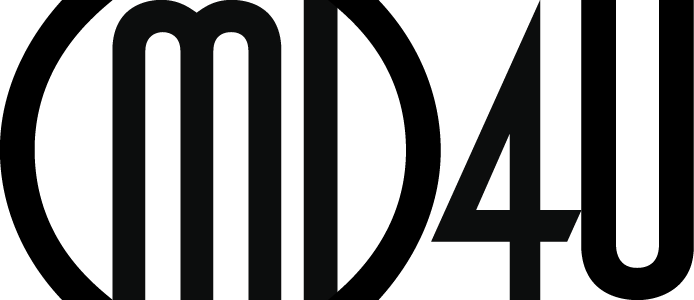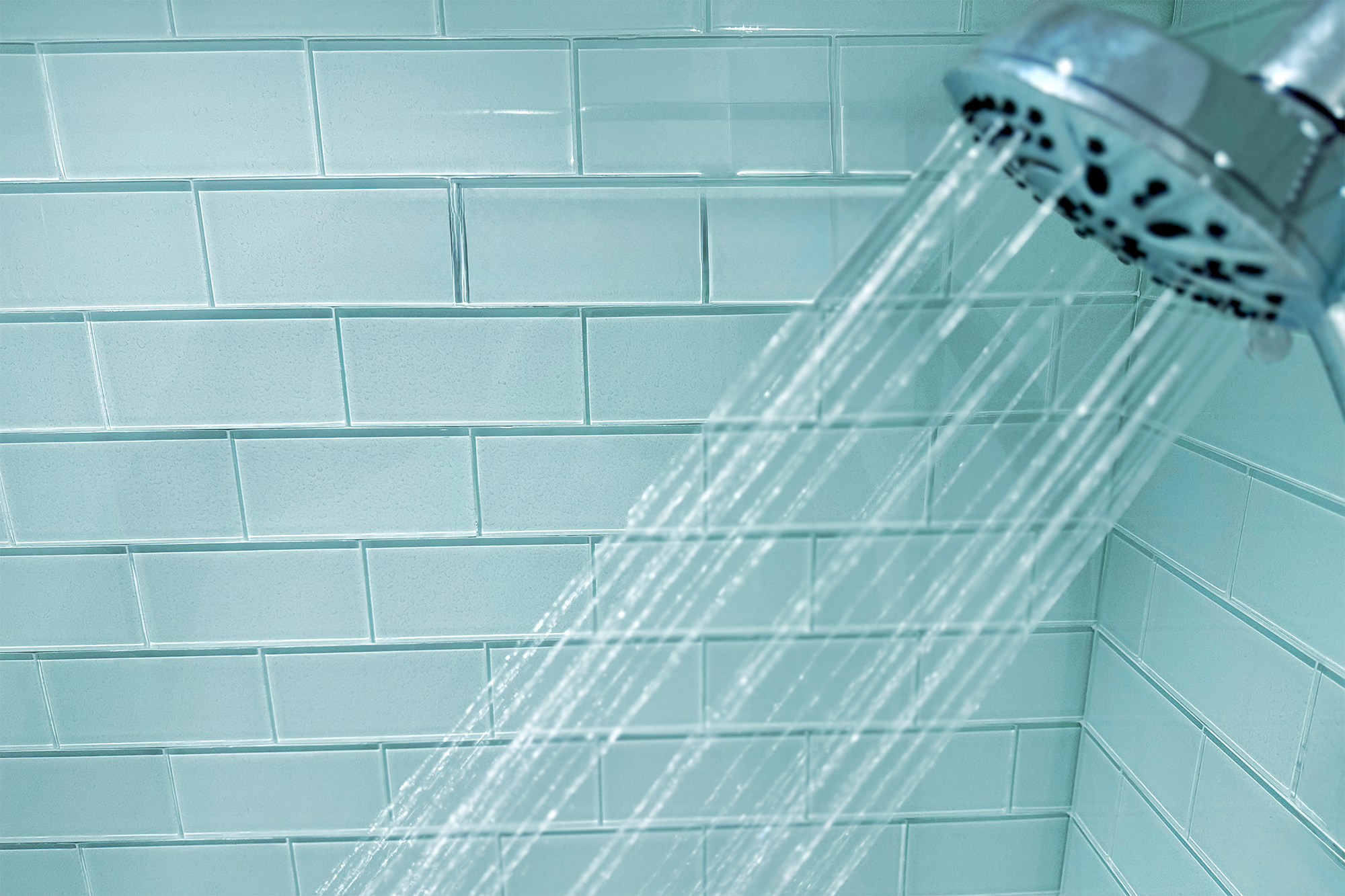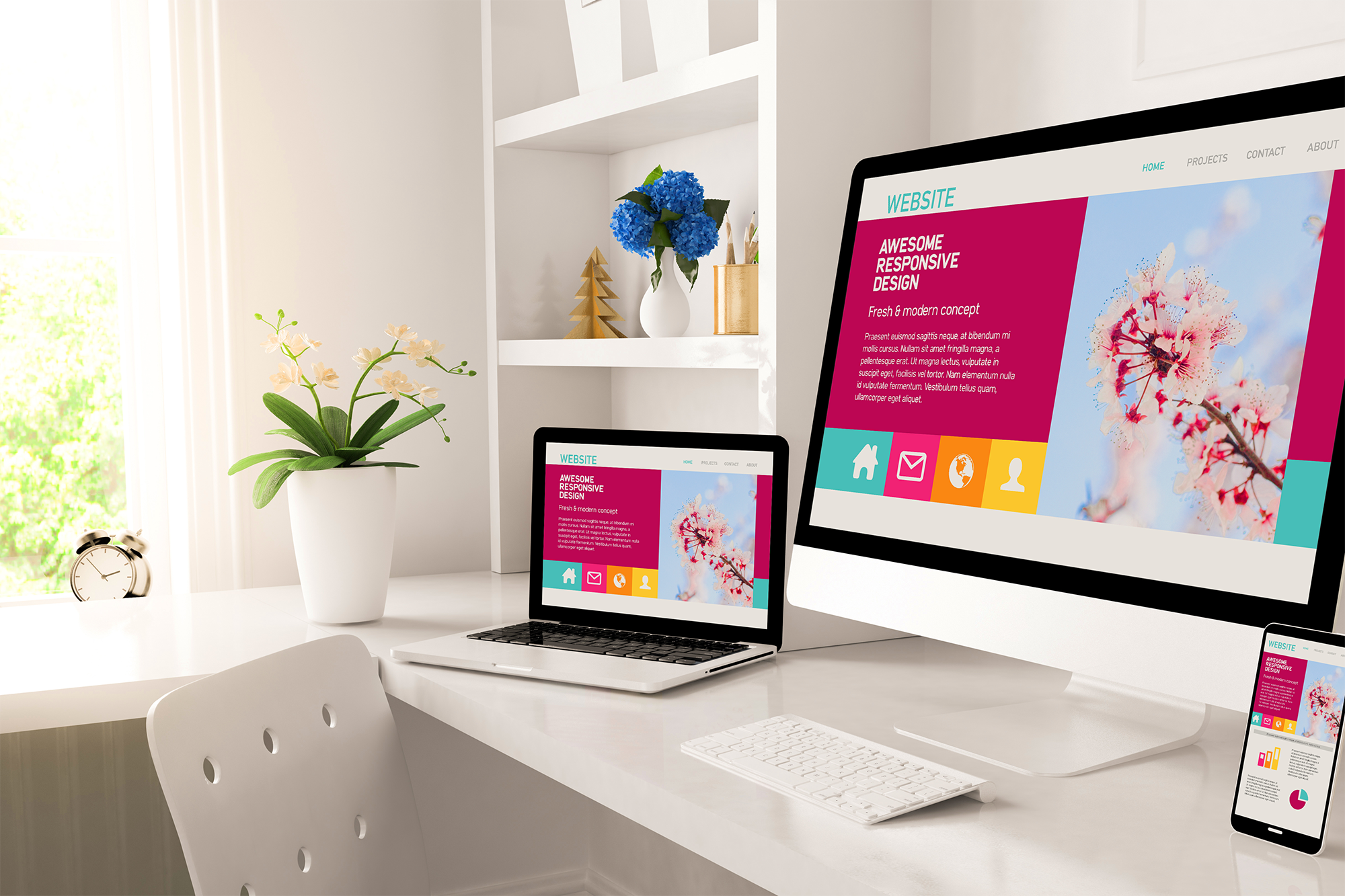The rise of AI in design has sparked endless debate: Will machines replace human designers? Will creativity become obsolete? While AI tools have revolutionized the way we work, one truth remains—people designers will always have the edge over AI. Here’s why.
1. Design Is About Emotion, Not Just Execution
Great design isn’t just about clean lines and balanced compositions—it’s about storytelling, emotion, and connection. Human designers intuitively understand cultural nuances, humor, and emotional impact in ways AI simply cannot. A logo, an ad campaign, or a website designed without an emotional core risks feeling cold and impersonal.
2. AI Lacks True Creative Intuition
AI can analyze data, recognize patterns, and even generate aesthetically pleasing layouts. But it doesn’t think—it predicts. It doesn’t feel—it calculates. The ability to push boundaries, take creative risks, and find inspiration in unexpected places is uniquely human. The best designs don’t come from algorithms; they come from experiences, curiosity, and deep creative instincts.
3. Context and Strategy Matter More Than Speed
AI can generate a hundred versions of a design in seconds. But which one should be chosen? Design isn’t just about aesthetics; it’s about purpose, strategy, and user experience. A skilled designer doesn’t just churn out options—they make strategic, informed decisions based on audience, brand identity, and long-term goals. AI can suggest, but it can’t strategize.
4. The Human Touch Builds Relationships
Clients don’t just hire designers for deliverables; they hire them for insights, collaboration, and trust. Good design is often the result of meaningful conversations, understanding client challenges, and crafting solutions tailored to their needs. AI may be efficient, but it can’t replace the human element of design partnerships.
5. Creativity Thrives on Imperfection
Some of the greatest designs come from happy accidents, trial and error, and gut instincts. AI operates within predefined parameters—it doesn’t “make mistakes” in the way humans do. But those so-called mistakes often lead to breakthroughs. Designers experiment, play, and evolve. AI executes.
The Future: AI as a Tool, Not a Replacement
AI isn’t the enemy of designers—it’s a tool that can enhance efficiency, automate repetitive tasks, and free up time for deeper creative thinking. The best designers will be those who leverage AI while bringing their uniquely human perspective to the table.
At the end of the day, design is about people. And as long as people exist, human designers will always be in demand.
What do you think? How are you using AI in your design work? Let’s discuss!
#DesignThinking #HumanCreativity #AIvsHuman #GraphicDesign #CreativeProcess #UXDesign #AIinDesign #DesignStrategy #Innovation #FutureOfDesign




